Victoria: the queen who gave her name to an era
Today marks the bicentenary of the birth of Queen Victoria. She was born at Kensington Palace and lived there until her accession, on that historic morning, the 20th of June 1837, when she was informed of the death of her uncle, King William IV. Up until that day, aged 18, she shared a bedroom with her extremely protective mother and was never out of her mother’s, or her nanny’s sight. But something significant happened on that fateful morning, she went to see the Prime Minister and her privy council on her own without her mother. Then she moved out of her mother’s bedroom into another room at Kensington Palace and only her governess was given access to her bedroom, a privilege denied to her mother. Even after she married Prince Albert and moved to Buckingham Palace, Lehzen became her private secretary and had access to her bedroom. Again, it was a privilege she never gave to her mother. In fact, she never allowed her mother to live at Buckingham Palace but had bought her a house in London where she lived until her death.
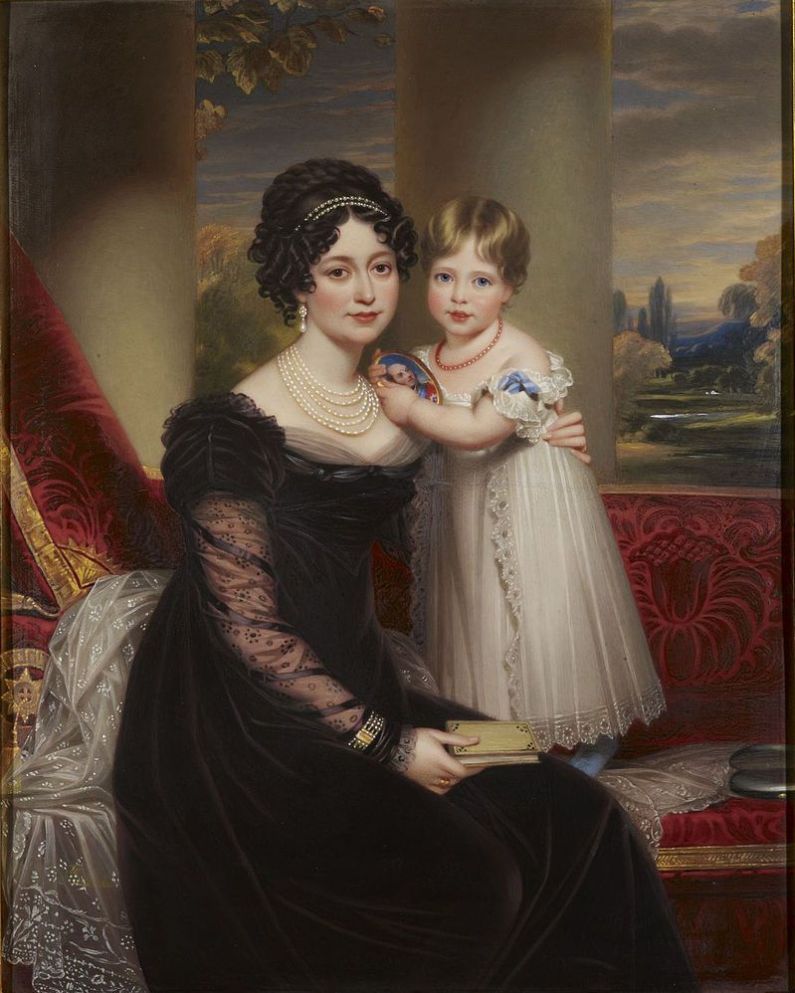
It’s safe to say that if there’s one person that had the greatest influence on Victoria’s life, it was her governess, Baroness Louise Lehzen. She was born in Hanover; her father was a Lutheran pastor and her mother was also a daughter of a pastor. No doubt Lehzen’s Christian upbringing made a strong impact on Victoria. She came to England as governess to Princess Féodore, Victoria’s half-sister. In 1824 Lehzen was appointed governess to the young princess Victoria, and remained as Victoria’s friend, ally and constant companion. Lehzen was strongly protective of Victoria and encouraged Victoria to become knowledgeable, strong, and independent from her mother’s and her mother’s private secretary, John Conroy’s influence. Her mother, the Duchess of Kent, and Conroy tried to control Victoria and even tried to forced her to sign a document that would make Conroy a regent in case Victoria inherits the throne before she turns 18. Lehzen advised Victoria against it and she dedicated her life to ensure that if Victoria became Queen, she would be intelligent and strong-minded. After the queen married Prince Albert, Lehzen became her secretary in private matters. Lehzen was often criticised by many historians for her influence over Victoria but I believe that if there’s one person who truly had only Victoria’s interests at heart, that would be Baroness Lehzen. Victoria wrote in her diary about Lehzen, “she’s the most affectionate, devoted, attached and disinterested friend I have.”
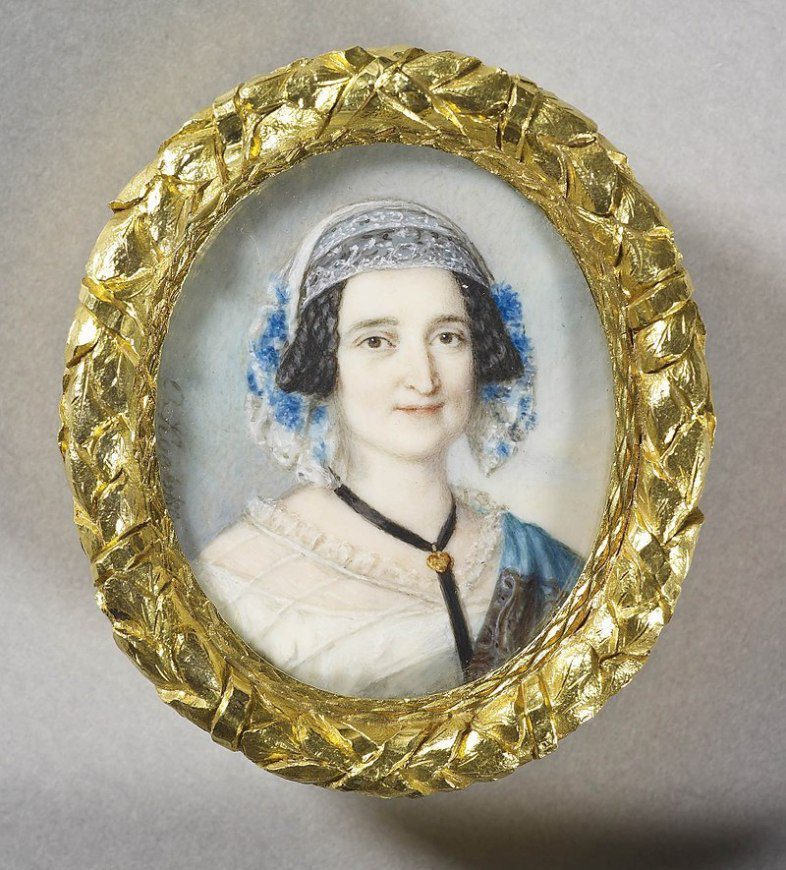
Lehzen not only imparted to the princess Christian values but also a love of history. She also provided the love and affection which Victoria never received from her own mother. The princess was taught to control her temper and to admit her mistakes to all she had wronged, regardless of rank. Though she encouraged the princess from a young age to keep a journal, she never kept one herself, thinking it inappropriate to her position as a royal servant. “She was very strict.”, Victoria later wrote in her diary. The queen had great respect and seemed in awe of Lehzen, but with that the greatest affection as her diary revealed. Even in old age, Queen Victoria often talked about her governess and made mentioned of her in her diary. The queen provided Lehzen a handsome pension, visited her in Hanover several times, sent her a wheelchair when she was infirmed, and after Lehzen’s death, the queen even erected a memorial in her honour. No doubt, Baroness Lehzen was indeed the greatest single influence in the formative period of the character of the princess. Lehzen was her confidant, best friend and ally. God has providentially worked it out that Lehzen became an instrument in imparting Christian virtues to the princess, and it must be to her credit, and ultimately to God, for handing over to the nation a queen that embraced Christian values. God has indeed accomplished His purpose in the life of Queen Victoria.
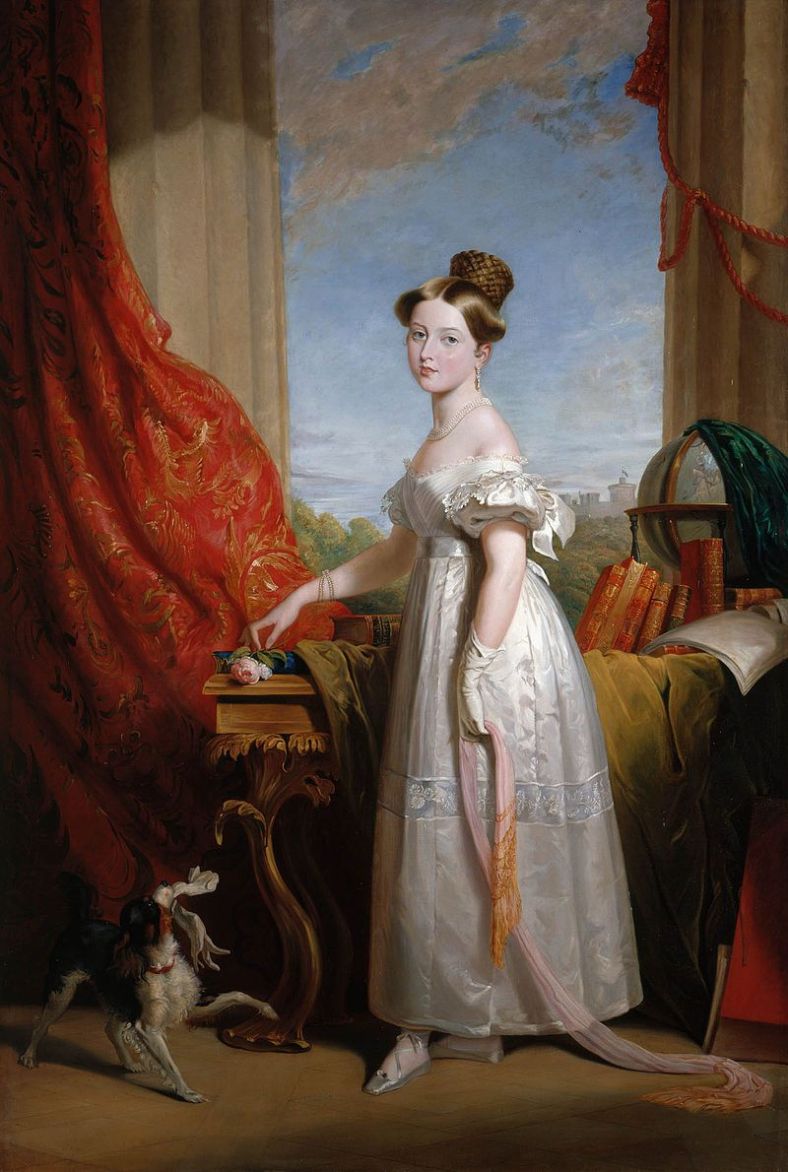
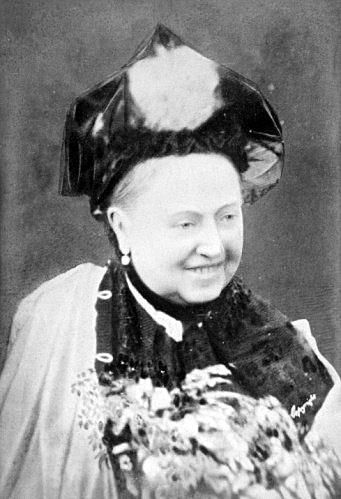
She lived a truly unique life. Under her rule, Britain doubled its size making it the largest imperial power in the world. It controlled more than 14 million square miles of territory (23% of the world’s surface) and approximately 460 million people at its peak. It has an international trade that dwarfed all others, and produced thirty percent of the world’s total industrial output. Its navy dominated the oceans and its empire expanded on a simple principle that trade follows the flag. It was described as being the “Empire on which the sun never sets.”
There are innumerable books written about Queen Victoria and I’ve read more than a dozen biographies written by both British and foreign historians. I’ve also read a lot of social history books on the Victorian era simply because it truly is my favourite period in British history. What’s remarkable about this age is the fact that religion pervaded the social as well as the political life to an extent that’s unimaginable today. The British people embraced Christian values; that’s not to say that majority of the people were Christians but rather, people were extremely religious; were thirsting for faith and are continually seeking it. The Russian theologian Alexis Khomiakov was amazed at how silent the streets of London were on a Sunday. He wrote in his book, Russia and the English Church, (London, 1895): “Germany has in reality no religion at all but the idolatry of science; France has no serious longings for truth, and little sincerity; England with its modest science and its serious love of religious truth might [seem] to give some hopes…” Remarkably, it was also an age of major scientific discovery and progress, and the rise of Darwin’s Origin of Species to Karl Marx’s Das Kapital and other new ideologies that undermined faith in the truth of the Bible.
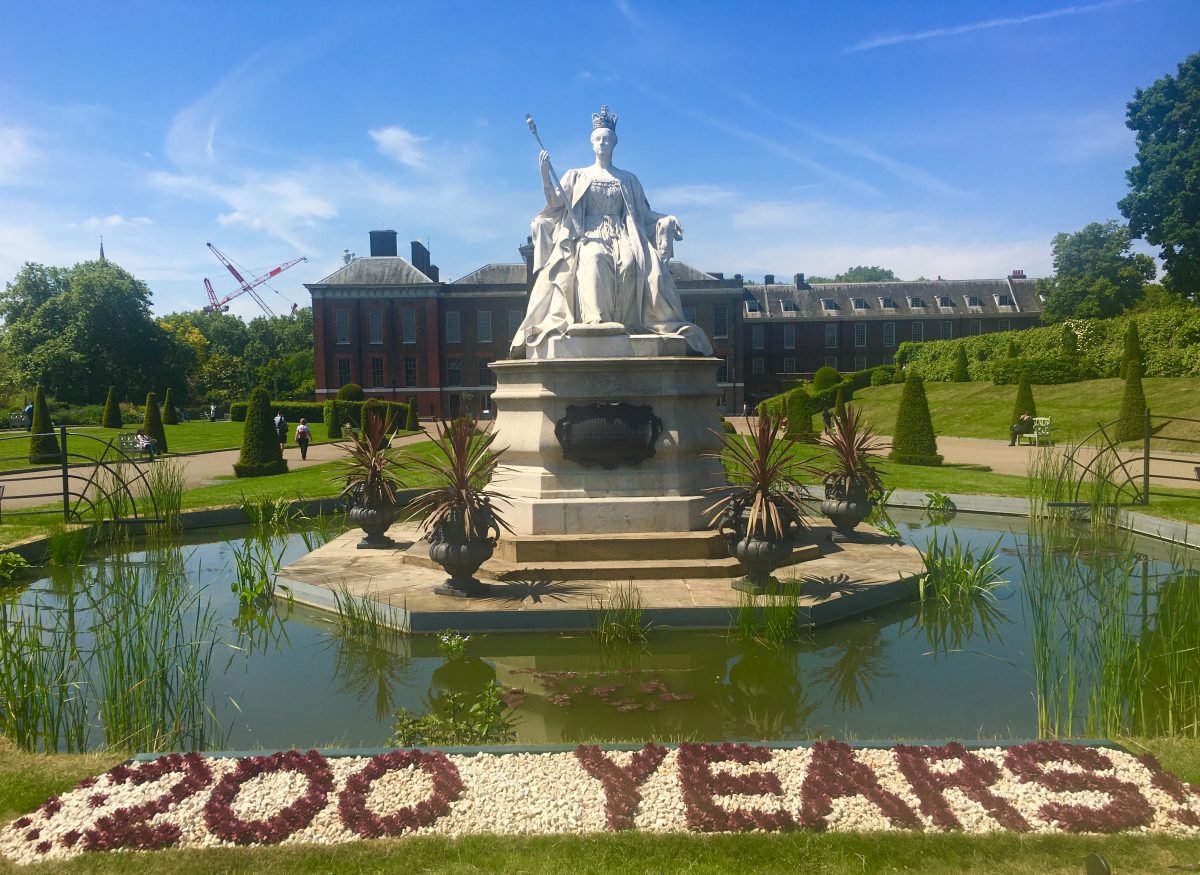
Kensington Palace has a permanent exhibit on Queen Victoria’s life, and to celebrate the bicentenary of her birth there’s a special exhibit called Discover the Real Victoria. It opens today and I can’t wait to visit. I’m sure the exhibit will yield more fascinating and fresh insights into the life of Queen Victoria.
Five years ago I made a comparison of the current queen and her great-great-grandmother in this post.